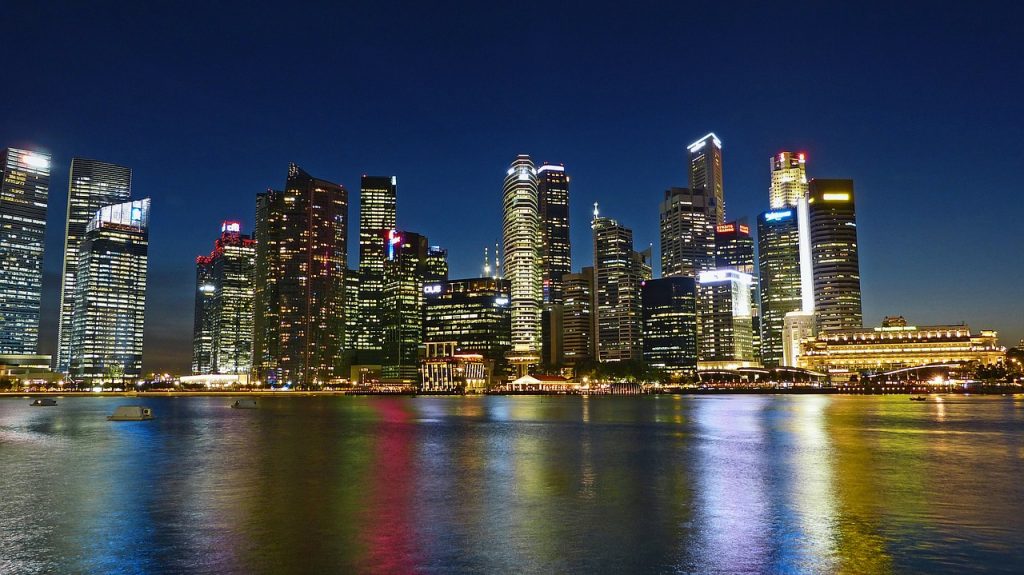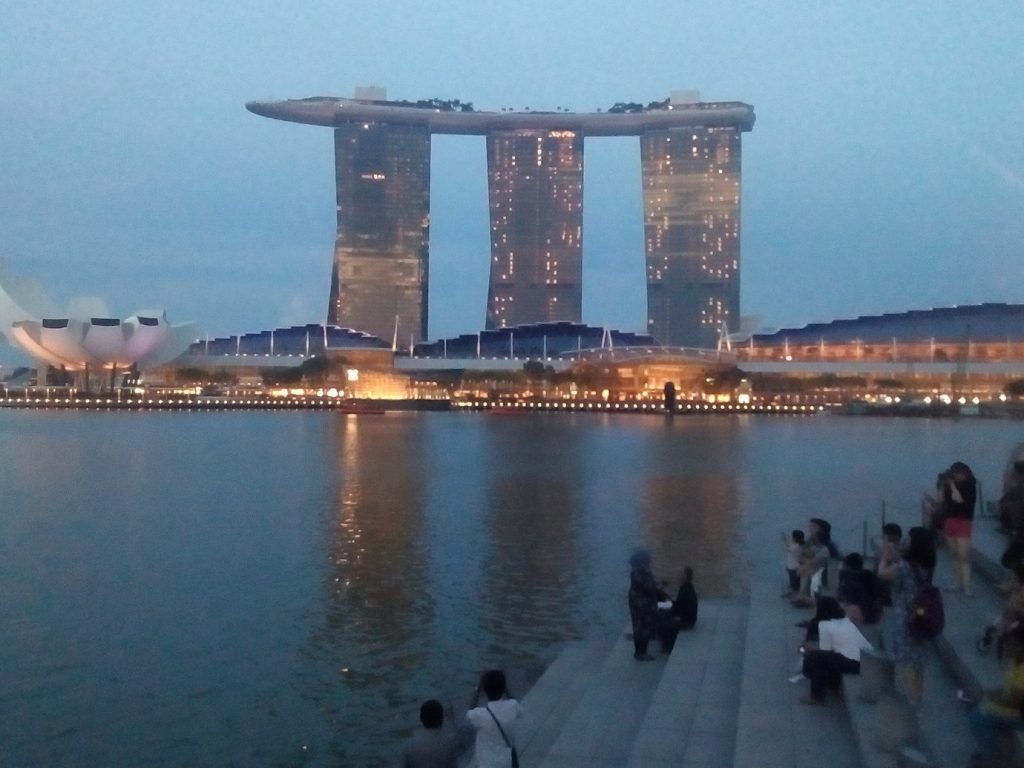
I am based in Singapore this week and this provides an opportunity to consider Singapore as an extraordinary place. There are many aspects to Singapore as an extraordinary place. It is possible to argue that all places are extraordinary or special in some way. Context matters or perhaps more correctly ‘geography matters’. It is important to appreciate that extraordinary things happen in extraordinary places. For Singapore, these include Singapore’s strategic location as a link between the East and the West. This location is reflected in the number of companies that have located their Asian headquarters here. There are over 7,000 transnational corporations based in Singapore and 60% have their Asian headquarters here. It is also reflected in the strategic importance of Singapore’s airport and port function. In 2016, Singapore’s port was the second busiest container port by volume; in 2017 36.6 million 20ft equivalent units (TEUs) or containers were handled by the port. Nevertheless, like all extraordinary places, or those places that perform a special role in the developing global economy, Singapore is also a place of ordinary things. These ordinary things include the everyday life experiences of individuals and families as they live their lives locally within Singapore.
The City-Region Development Institute, or City-REDI, was established by the University of Birmingham to develop integrated or systematic approaches to understanding city-regions. From my current location, it is possible to reflect on City-REDI and the approaches that we have been developing. There is an interesting bias in City-REDI as much of our research is perhaps two-dimensional or perhaps three-dimensional with the third dimension reflecting some aspect of time. This is perhaps surprising as city-regions are multi-dimensional. This multi-dimensionality includes three-dimensions – length, breadth and depth – and time. This suggests that City-REDI must engage with a dialogue with physics and begin to develop a spacetime approach to understanding city-regions.
Spacetime is a mathematical model in physics that blends the three dimensions of space with the one-dimension of time into a single four-dimensional continuum. A spacetime approach assumes that the three spatial dimensions are dependent rather than independent of one-dimensional time. For city-regions a spacetime approach has many different implications.

First, all firms located within a city-region should be considered as temporary spacetime investments. Each firm will have a district spacetime footprint of relationships and connections with other places. These relationships and connections are not two-dimensional but are rather three-dimensional. In this case, the third dimension reflects verticality. Firms are too often considered to be two-dimensional with horizontal connections linking a firm with other places and with other firms and institutions. Nevertheless, many of these connections are facilitated through vertical connections. These vertical connections include satellites, but also underground infrastructure. City-regions have different degrees of connectivity to vertical infrastructure and these differences partly reflect the accumulation of investments in a place, but also a location on the earth’s surface relative to geostationary orbit. Satellites play an important role in city-region economies and this is explored in a paper that was published last week by members of City-REDI.
Second, Singapore, if it is anything, is a vertical city. It is a spacetime experience. There are many dimensions of this verticality that range from the tallest skyscraper to buried infrastructure. Singapore is a small island nation that must exploit the third-dimension – the vertical. This exploitation takes many forms. Land ownership in Singapore is limited to 30m below the surface. Everything below this is owned by the state and the state is thus able to exploit this underground space for the provision of transportation infrastructure (railways and roads) and also other types of infrastructure. There are opportunities and challenges here. Telecom cables play a critical role in linking firms and people to the local and international economy. Over the past three years, underground telecom cables have been accidentally cut 26 times in Singapore and each cut resulted in a significant Internet outage. There is an on-going debate in Singapore about the development of an appropriate strategy to manage Singapore’s underground infrastructure. This is important as there is a strong connection between the resilience of a region’s telecom network and productivity.

Third, Singapore’s verticality is very different to that of Birmingham. One difference is the importance of green roofs. Perhaps the most extreme example is Marina Bay Sands. This was opened in 2010 and includes a 2,561-room hotel, a convention-exhibition centre, a shopping mall, two theatres, a museum and a casino. It also includes a 340-metre-long SkyPark that is located on top of the world’s largest public cantilevered platform.
A more recent example of verticality and green infrastructure in Singapore is an experiment to install green roofs on public buses. On 5 May 2019, Singapore’s first public bus with a green roof entered service. This “Garden on the Move” initiative is part of a three-month study to explore the role green roofs play on buses in reducing the interior temperature and fuel consumption. In Singapore, busses are air conditioned and this significantly increases fuel consumption.
All this suggests that we need to pay more attention to the missing vertical dimension in much of our research on city-regions. This verticality includes on-going research in City-REDI on satellites and space manufacturing but should also include research into the vertical and Birmingham’s on-going transformation. Birmingham’s future is one of increasing densification or land-use intensification and this will include an escalation in the exploitation of the city’s verticality. Research must also focus on developing a spacetime approach to understanding firms in place, and across space. On the one hand, a spacetime approach to firms requires a much greater appreciation of how firms exploit vertically. At the moment, I am working on the 10th floor of a hotel building and in the distance is Marina Bay Sands. My hotel is an excellent example of verticality. The hotel occupies floors 6 to 25 of this building. The floors below are occupied by a shopping mall and on floor 6 there is an outdoor swimming pool. On the other hand, verticality could be conceptualised as a form of embeddedness. This more firm-based approach would include both the ways in which firms benefit from the vertical dimension, but also would focus on understanding the ways in which different firms engage with a city-region economy.
This blog was written by Professor John Bryson, City-REDI, University of Birmingham.
Disclaimer:
The views expressed in this analysis post are those of the authors and not necessarily those of City-REDI or the University of Birmingham.
To sign up to our blog mailing list, please click here.
